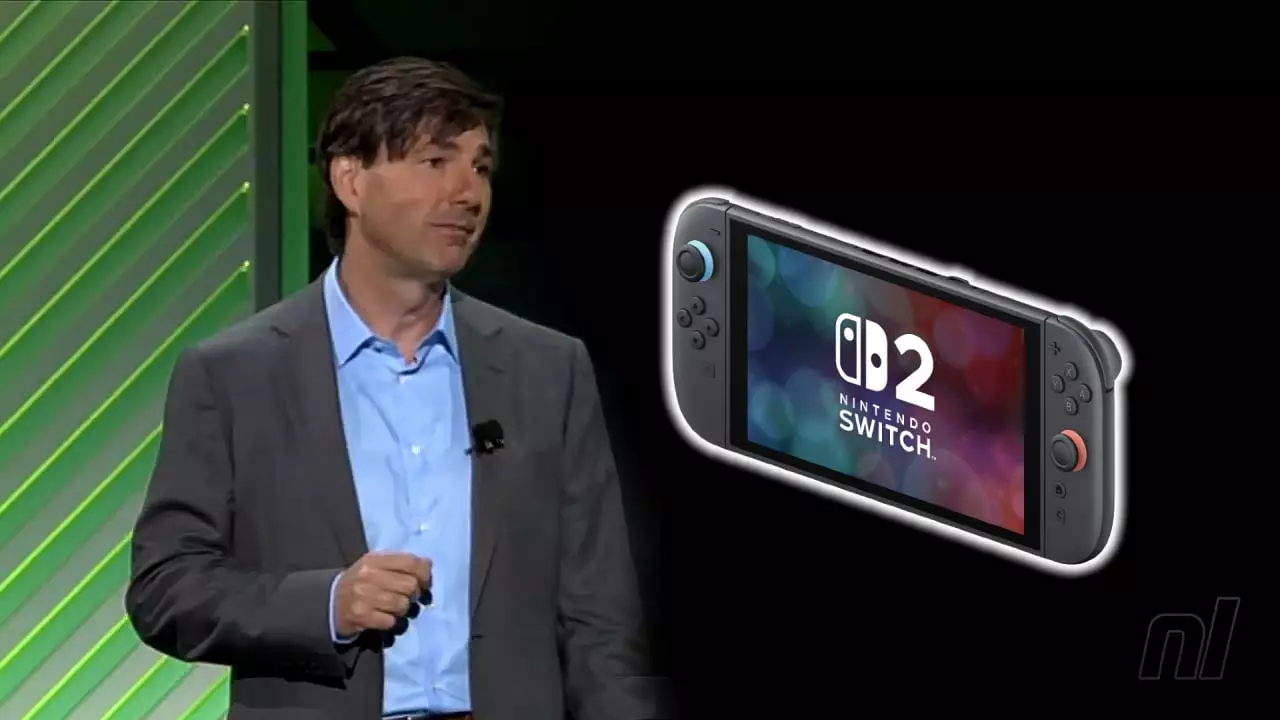The announcement of the Nintendo Switch 2’s price has sparked a torrent of discontent among consumers, and it’s not difficult to understand why. At a staggering $449.99, the cost appears to many as an unwarranted leap in a time when economic stability seems increasingly elusive. In the wake of such a reveal, games and consoles should serve as affordable escapes, but the current pricing structure indicates that perhaps Nintendo has missed the mark on understanding its audience’s sentiments. The elite status conferred by the price tag seems less about offering enhanced gaming and more about alienating a segment of loyal fans who have stood by the company through thick and thin.
The Value Proposition Dismantled
Doug Bowser, the president of Nintendo of America, defended the price by emphasizing the plethora of new features stuffed into the Switch 2. However, declaring that the pricing is “appropriate for the value” rings hollow for many who are struggling to make ends meet. Consumers are not just looking for innovative technology; they also crave a sense of accessibility from the brands they support. Bowser’s demeanor conveys an unsettling air of disregard—almost as if the $450 price tag is a subtle invitation to reassess one’s budget rather than an effort to expand Nintendo’s gaming population.
Bowser’s comments morphed into a defensive maneuver when acknowledging that the steep price may “well price out some consumers.” Phrases like “we recognize” aren’t enough to soothe the underlying frustration. Instead of connecting with those who may feel economically sidelined, it comes across as corporate apathy. Gaming should be communal, yet Bowser’s remarks unintentionally sever this important narrative by placing the emphasis on exclusivity.
Reliving Past Mistakes
In examining the fallout from Bowser’s comments, one cannot help but think of a similar gaffe by Don Mattrick, former president of Microsoft’s Interactive Entertainment Business, in 2013. Mattrick’s infamous suggestion that consumers could simply stick to the Xbox 360 if they weren’t ready or able to connect online was met with public outrage and ultimately contributed to the disastrous reception of the Xbox One. What Bowser lacks in foresight may serve as a crucial lesson in understanding consumer vulnerabilities: dismissing affordability concerns can directly correlate to brand damage and decreased trust.
The shadow of this comparison should not be taken lightly, particularly as social media and consumer sentiment evolve at an alarming pace. As Bowser continues to rely on the original Switch’s support as a safety net for disillusioned fans, the overarching message seems misleading. The statement about alternative Switch platforms may simply indicate an inability to rise to the challenge of contemporary economic realities, and namely that the gamer demographic is changing.
Inflation and Industry Responsibility
In 2013, the global economic landscape was markedly different, yet Bowser’s comments echo those past failings. It is crucial to acknowledge that inflation, tariffs, and rising living costs paint a far grimmer picture for consumers today. A higher price point during a time of financial hardship fails to inspire the memorable gaming experience that Nintendo aims to deliver. Furthermore, as consumer concerns about sustainability and fair pricing grow, there is a palpable urgency for manufacturers to adapt.
Gaming has historically been a unifier transcending class barriers; yet with steep price hikes, that barrier is being fortified. While some consumers have the luxury to splurge on premium consoles, others simply do not. The integration of newer technologies should not come at the expense of equitable access.
Concluding Thoughts on Future Engagement
The Nintendo Switch 2’s pricing debacle is not merely about the bottom line; it signifies broader issues of brand engagement and consumer well-being. By understanding the diverse economic challenges faced by its audience, Nintendo can pledge to foster a more accessible gaming ecosystem, especially as they continue to innovate. Acknowledging the full scope of its audience allows companies like Nintendo to move beyond merely selling hardware and towards enriching the collective gaming community.

